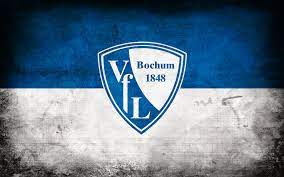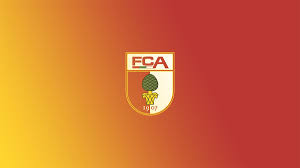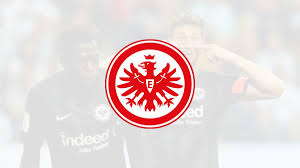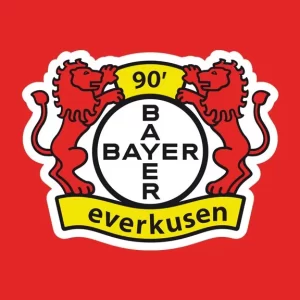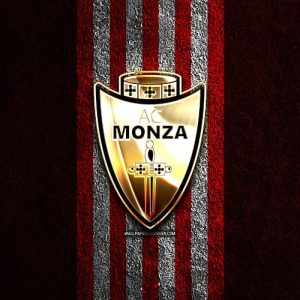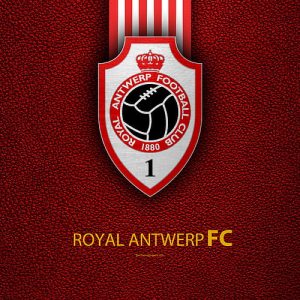The Real Madrid is not merely a team; it’s an institution that has woven itself into the fabric of both sport and society. Founded in 1902, this club has transcended its role as a football entity to become a symbol of excellence, passion, and ambition. Its rich history is punctuated with moments of brilliance, legends whose names resonate through time, and a fervent fan base that spans the globe. The legacy of Real Madrid goes beyond trophies and accolades; it’s about the indelible mark it has left on the world of sports FB68 and culture.
Historical Context and Birth of Real Madrid Football Club
The story of Real Madrid begins at the dawn of the 20th century, a time when football was gaining momentum across Europe.
The Catalysts for Creation
In 1897, early enthusiasts of the game in Madrid formed a football team called “Tipografía Moderna.” However, discontent with the existing organization led to the founding of Real Madrid Football Club by a group of football aficionados in 1902.
This period was marked by the burgeoning popularity of football, fueled by the desire for community engagement and excitement. The founders envisioned a club that would not only showcase talent on the pitch but also build a strong identity rooted in the cultural context of Spain. The name “Real,” meaning “royal” in Spanish, was granted by King Alfonso XIII, which significantly elevated the club’s status.
Early Challenges and Triumphs
Despite its noble beginnings, Real Madrid faced several challenges in its formative years. Competing clubs like FC Barcelona and Atlético Madrid began to emerge as formidable opponents, creating a fierce rivalry that continues to this day.
Nevertheless, the resilience of Real Madrid shone bright as they clinched their first major title, the Copa del Rey, in 1905. This early success set the stage for what would become a relentless pursuit of greatness. The club’s ability to adapt, innovate, and embrace change has been pivotal in navigating both triumphs and tribulations throughout its storied existence.
Establishing a Legacy
As the years progressed, Real Madrid Football Club established itself as a powerhouse in Spanish football. The introduction of international players in the mid-20th century showcased the club’s willingness to innovate and expand its horizons. The signing of Alfredo Di Stéfano in the 1950s marked a turning point, as he combined skill and leadership to elevate the team to unprecedented heights.
Di Stéfano not only helped the club win several European Cups but also left an everlasting imprint on the philosophy of play at Real Madrid—a style characterized by flair, tenacity, and relentless ambition.
The Golden Era: Dominance in European Football
The post-war period heralded an era of dominance for Real Madrid, particularly in European competitions, cementing its status as one of the most successful clubs in history.
The Birth of the European Cup
In 1955, UEFA introduced the European Cup, a competition that would become synonymous with Real Madrid’s dominance in the continent. The club’s participation in the inaugural tournament yielded an unmatched record of five consecutive titles from 1956 to 1960.
This achievement not only illustrated the club’s prowess on the field but also laid the groundwork for the global brand that Real Madrid would later become. The exploits of players like Francisco Gento and Ferenc Puskás during this period created an aura around the club, transforming it into a magnet for talents worldwide.
Tactical Innovations and Iconic Managers
During this golden era, tactical innovations became central to Real Madrid’s success. Managers like Miguel Muñoz introduced strategies that emphasized attacking play and fluid formations, allowing players to express their creativity while maintaining team cohesion.
The impact of these managerial decisions was profound. The blend of individual brilliance and collective teamwork resulted in breathtaking football that captivated audiences across Europe. The styles adopted during this time paved the way for future generations, with Real Madrid often leading the charge in tactics and strategies.
Cultivating Legends
The legacy of Real Madrid is inextricably linked to the legendary figures who have donned the white jersey. Players like Alfredo Di Stéfano, Francisco Gento, and Ferenc Puskás are just a few examples of individuals who left their mark on the club.
Their contributions extended beyond mere statistics. Di Stéfano’s versatility allowed him to excel in multiple positions, while Gento’s speed and determination set new standards for wingers. Each of these legends contributed to cultivating a winning mentality, a commitment to excellence that has endured through the generations.
The Influence of Rivalries
The historical rivalries that developed during this time were crucial in shaping the identity of Real Madrid. The clashes with FC Barcelona, known as “El Clásico,” not only showcased exceptional football but also reflected the broader sociopolitical context of Spain Real Madrid Football Club.
These matches became more than just games; they embodied regional pride, cultural tensions, and the quest for supremacy in Spanish football. The intensity of these encounters galvanized fans and added layers to Real Madrid’s legacy, establishing a narrative that resonates even today.
